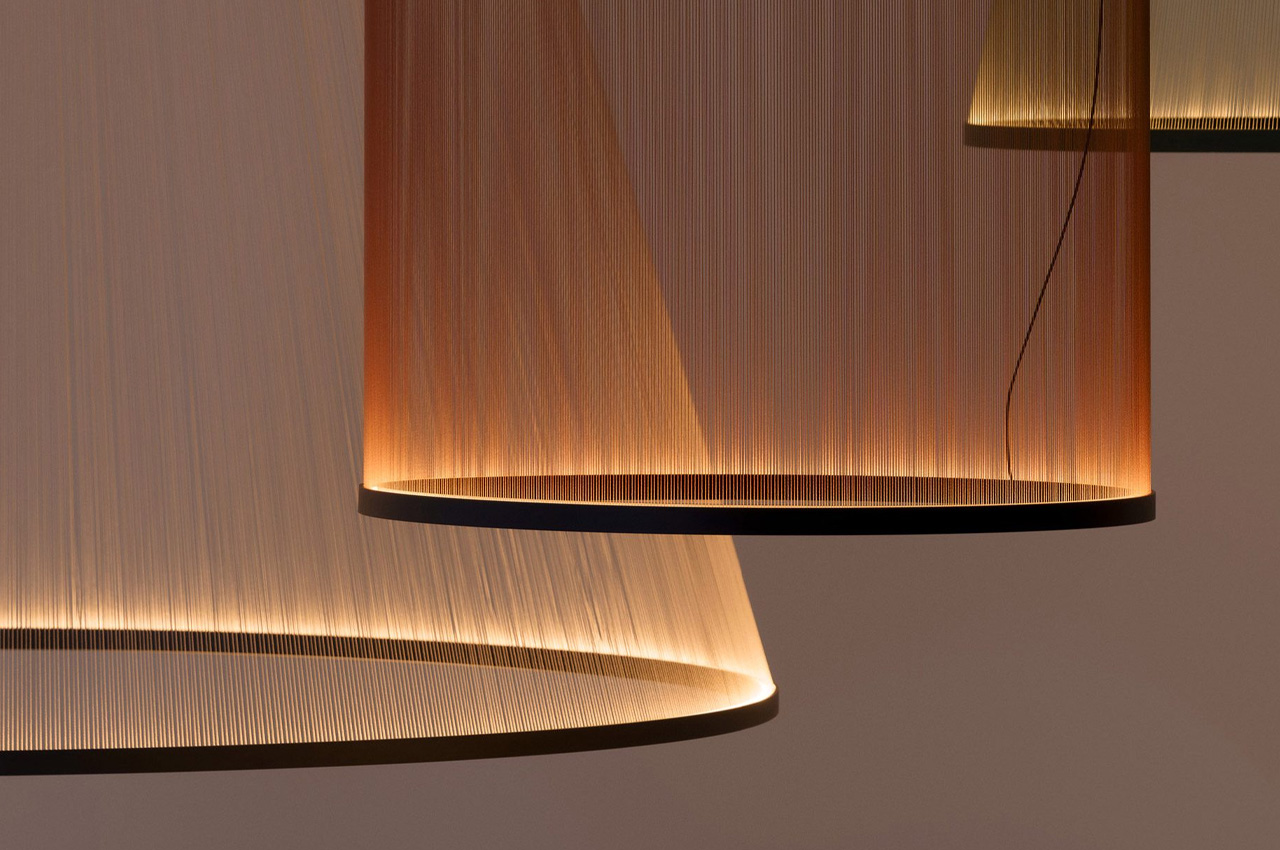
A beautifully designed lighting fixture has the ability to completely uplift and elevate a living space! A well-designed lighting fixture should not only be able to efficiently illuminate any living space but also add that extra oomph factor! I mean, of course, we need them to see in the dark, but as highly functional as they should be, a lighting fixture also needs to be aesthetically pleasing, adding an attractive and visually soothing element to your home or office space. And, a stunning lighting design that would make a fitting addition to your home is the Array lighting by Umut Yamac for Vibia.
Designer: Umut Yamac for Vibia
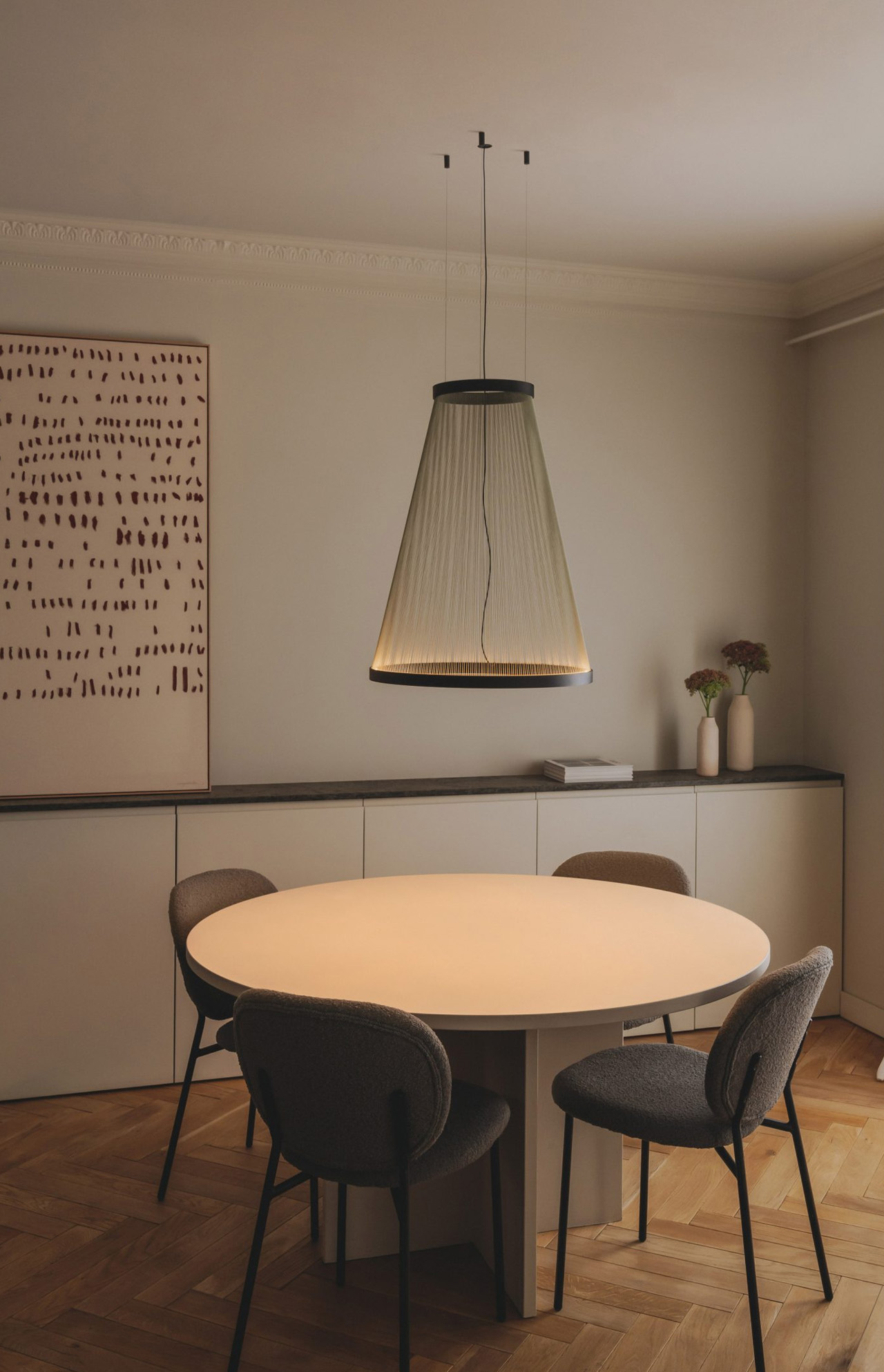
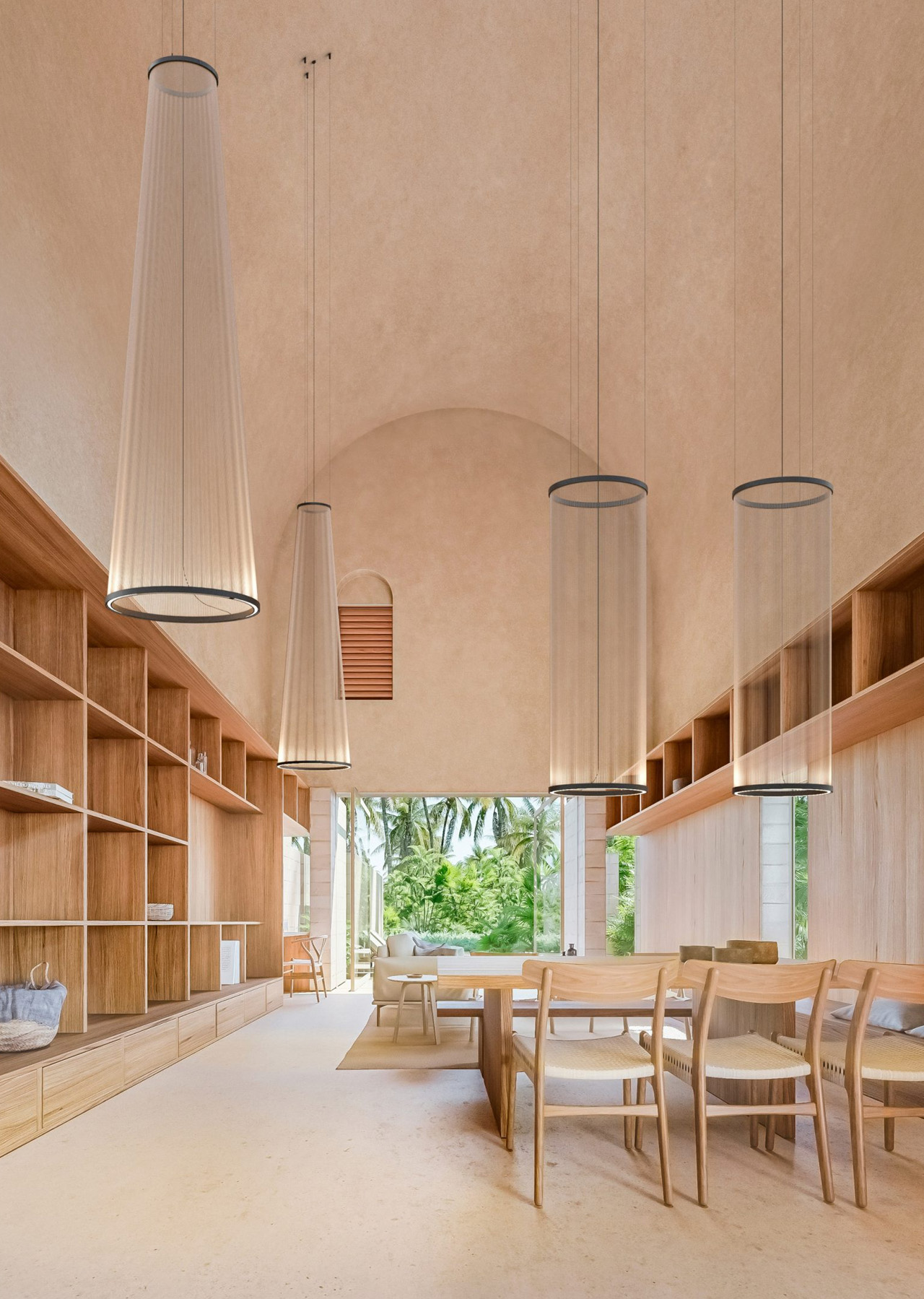
Dubbed the Array collection, this group of beautiful and subtle pendant lights is designed by architect and designer Umut Yamac for the Barcelona-based brand Vibia. This collection marks the first collaboration between the Spanish brand and the British designer. The light collection is crafted from tightly strung threads, creating lighting fixtures with unique and captivating bodies and forms.
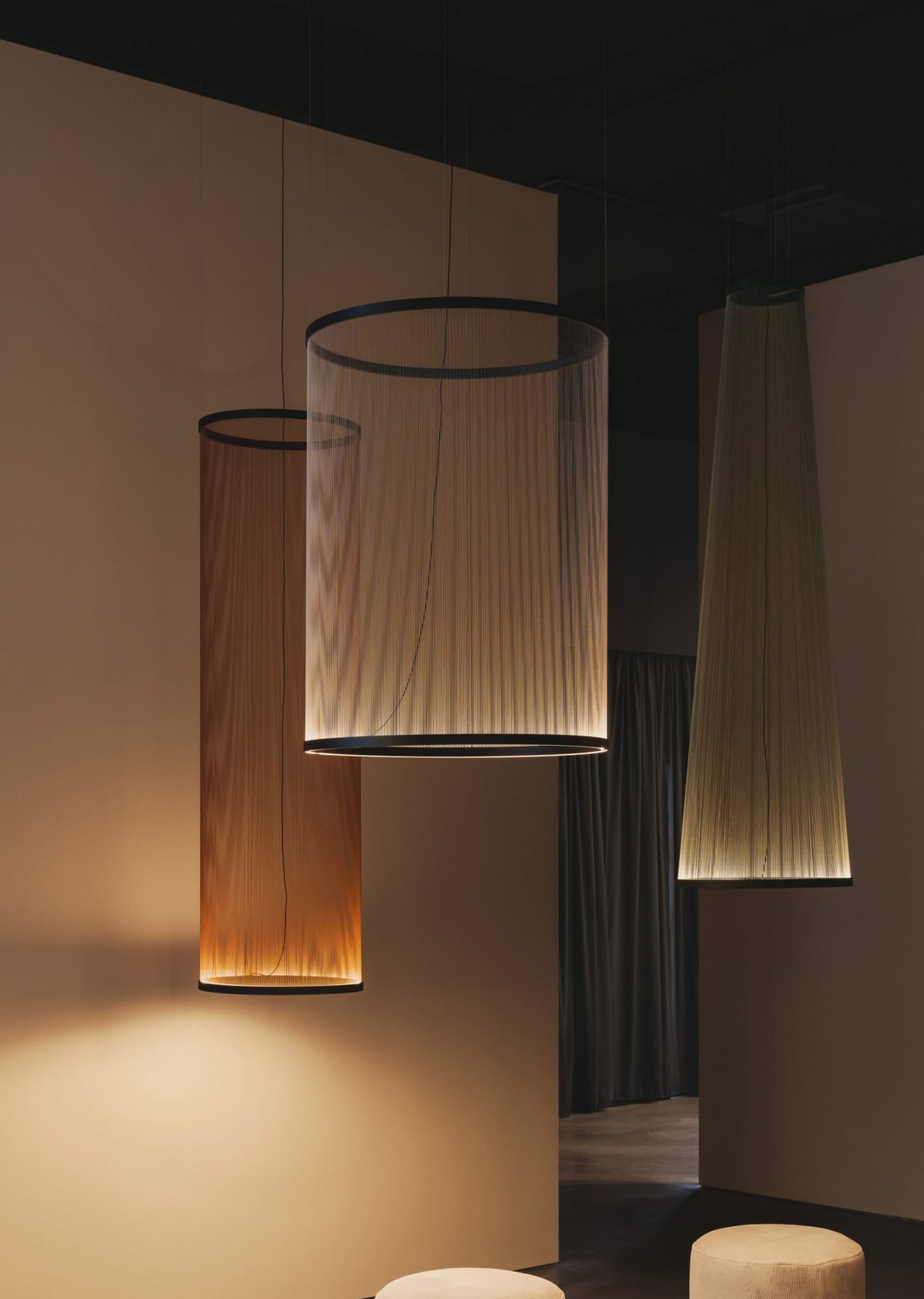
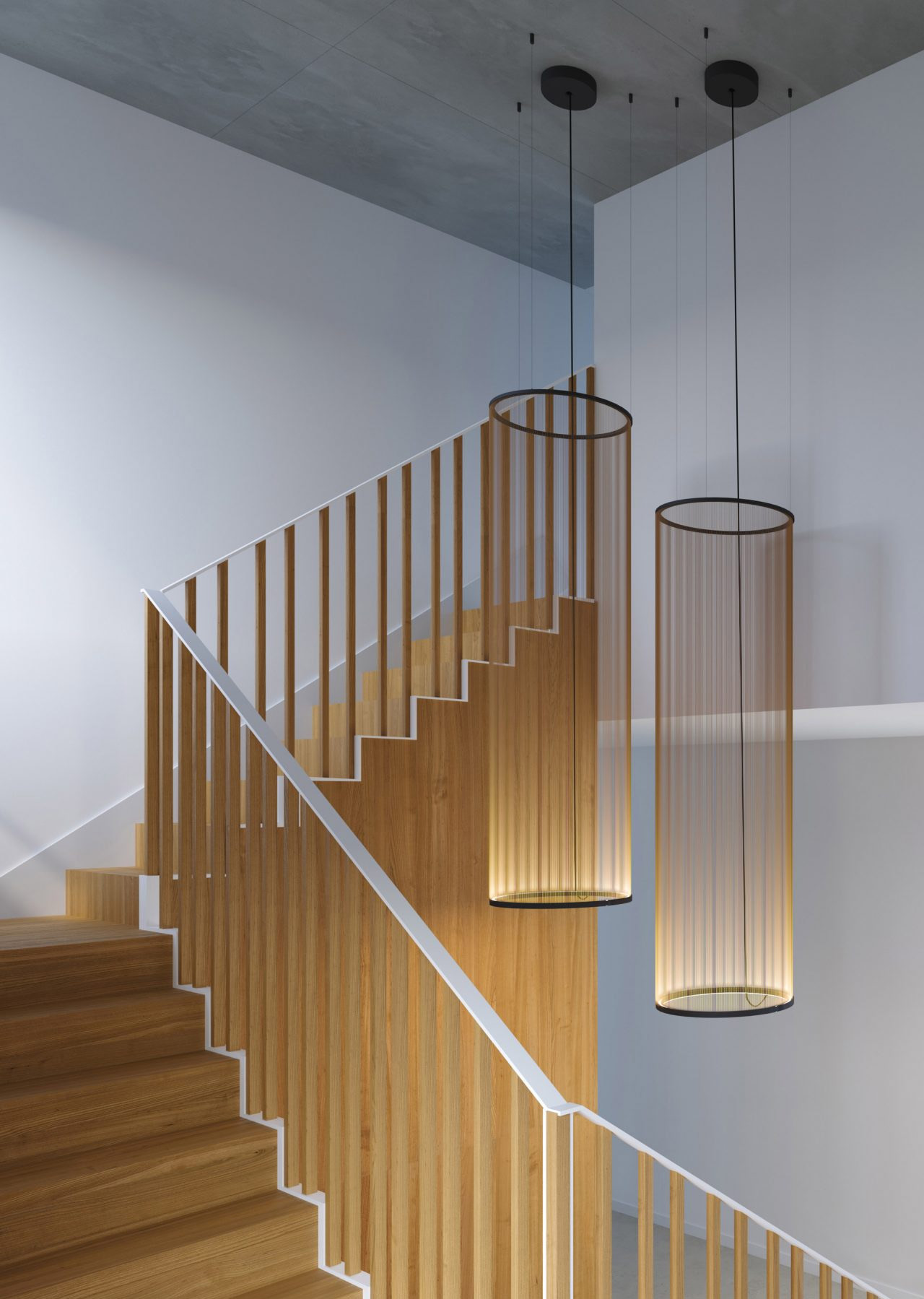
The brand described the lighting collection as “an exploration of thread and its potential to create lightweight and dynamic sculptures of light”, and it is composed of fine threads that have been tightly pulled together between two aluminum rings. The taut threads are dainty held between the two rings. A soft and subtle light source is hidden within the lower ring, building an appealing gradient effect that washes upwards along the textured threads.
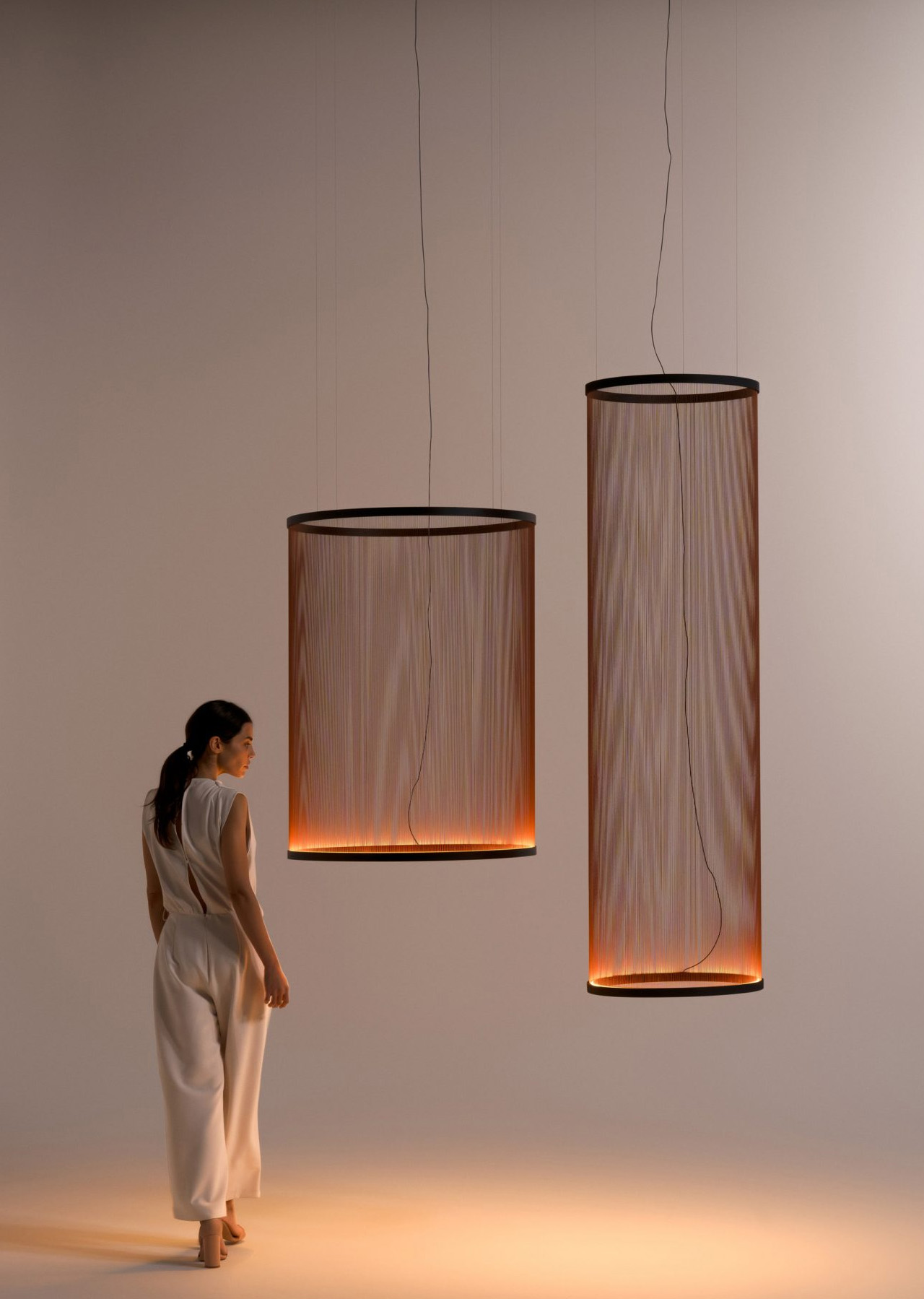
“Solid, yet translucent, the layered lines of cord influence the visitor’s perception of volume, weight, and depth to create a new spatial experience,” said Vibia. “The layering effect creates an interference pattern, or more, which produces the illusion of movement with the shifting gaze of the viewer, the threads seeming to vibrate as the light passes through.” The lighting design is available in various versions such as a conical and cylindrical one, and they can be combined to create an alluring lighting installation. They’ve been created in three different sizes – the largest one is 124 cm in diameter, and 2 m tall. The threads are available in terra red, sober green, or neutral beige, and they perfectly contrast with the matte black rings.
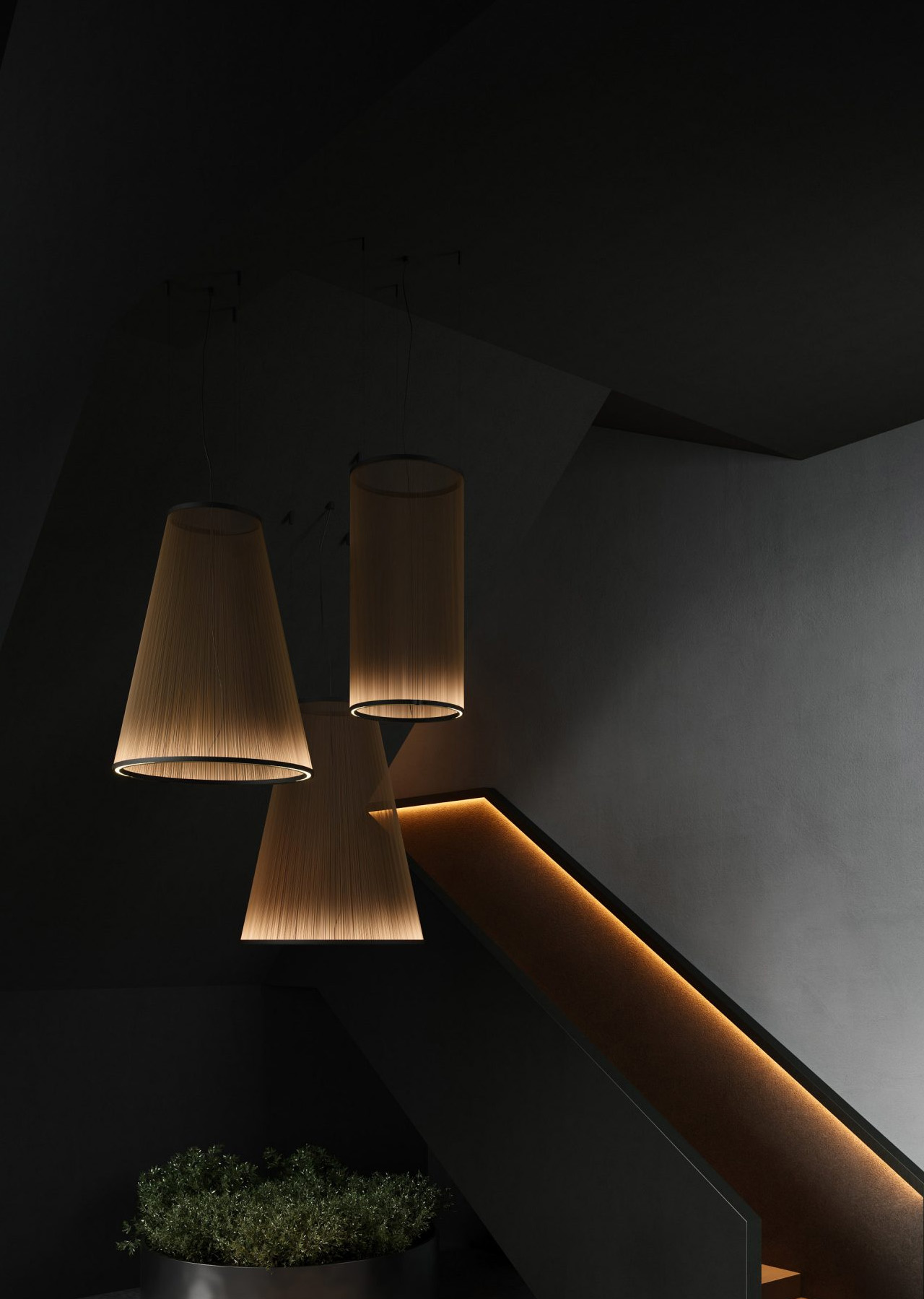
The post Vibrant Lighting Collection Is Breaking Lighting Standards With Its Unconventional Yet Subtle Form first appeared on Yanko Design.